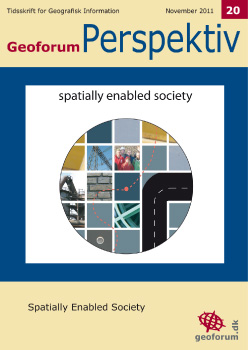Towards spatially enabled digital government
DOI:
https://doi.org/10.5278/ojs.persk..v10i20.451Abstract
Geographical information (GI) and spatial data infrastructure (SDI) has gained increasing awareness among researchers as well as among executive level managers and politicians. In Europe especially the adoption of the INSPIRE Directive has put spatial data infrastructure on the agendas of the parliaments combined with national e-Government strategies. In Denmark this top-down approach to development of e-Government has been combined with an informal, bottom-up approach with a focus on standardisation, the use of geographical information systems (GIS) and IT-architecture. Though, dealing with the transformation of procedures relating to traditional parts of the Danish public administration lack of awareness regarding place and location as integrative infrastructural elements is still a challenge. This paper will present the Danish case of digitalising the administration of real property rights as means of analysing the potentials as well as challenges in fulfilling the vision of a spatially enabled digital government.Downloads
Published
01-03-2012
Issue
Section
Peer-reviewed scientific papers
License
Authors publishing on Geoforum Perspektiv retain full but non-exclusive rights in their articles, and are required to use the Creative Commons license CC by-nc 4.0 when submitting their work.





